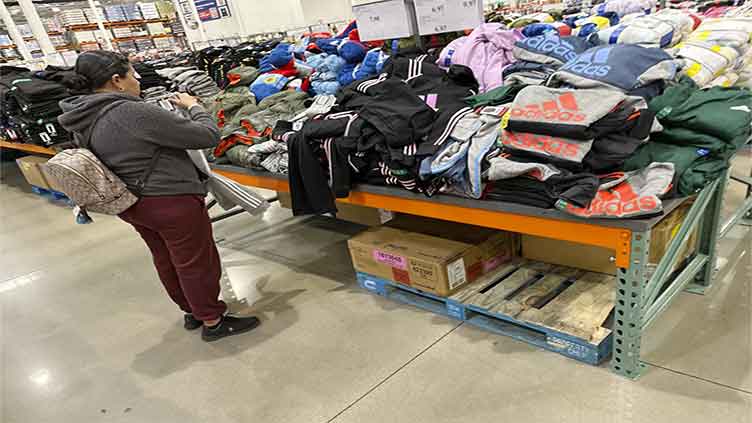Consumer Prices Show Slight Annual Rise in July
The Consumer Price Index (CPI) in the United States increased 2.7% in July compared with the same month last year, according to new data from the Bureau of Labor Statistics. The rise was slightly lower than the 2.8% increase economists expected, showing that overall inflation remains under control but still above the Federal Reserve’s long-term target of 2%.

Month over month, prices rose 0.2%, which matched the forecast from analysts at FactSet. Inflation has stayed at or below 3% since the start of the year, with June also recording a 2.7% annual rate.
Food Prices Remain a Strain for Households
Food costs have been rising at the same pace as overall inflation, up 2.7% in July from a year earlier. But within that category, some items have seen much sharper increases. Eggs are up 16.4%, roasted coffee has jumped more than 14.8%, and ground beef has risen by 11.5%. For many families, these increases are hitting weekly grocery bills hard, even if other costs are more stable.
Gasoline, on the other hand, is helping to offset some of the inflationary pressure, with prices down 9.5% from July 2024. This drop in energy costs has given some relief to consumers who commute or rely on fuel for work.
Tariffs Could Keep Prices Elevated

Economists are watching closely to see how new tariffs will feed into price changes over the coming months. Goods from over 60 countries and the European Union have been subject to new reciprocal tariffs since August 7. While the effects were minimal earlier this year, certain categories like apparel, home furnishings, and appliances began to show signs of tariff-related price increases in June.
Alan Detmeister, an economist at UBS, told reporters that consumers may start noticing more direct impacts from tariffs either later this year or early in 2026. While there is some hope that the price increases will be temporary, UBS believes the effects could be longer-lasting, potentially keeping inflation from falling further in the near term.
Personal Analysis
The latest CPI data shows that the US economy is walking a fine line between stable and sticky inflation. The cooling of gas prices is a welcome sign, but food costs remain a stubborn pain point. While overall inflation is not surging, it is also not falling as fast as policymakers might want. Tariffs add another layer of uncertainty.
If these trade measures lead to broader price increases, the Federal Reserve could be forced to keep interest rates higher for longer, which might slow growth but help control inflation. For everyday consumers, the numbers are more than just statistics—they show why the weekly grocery trip still feels expensive even when headlines talk about inflation easing.
Sources: cbsnews.com

